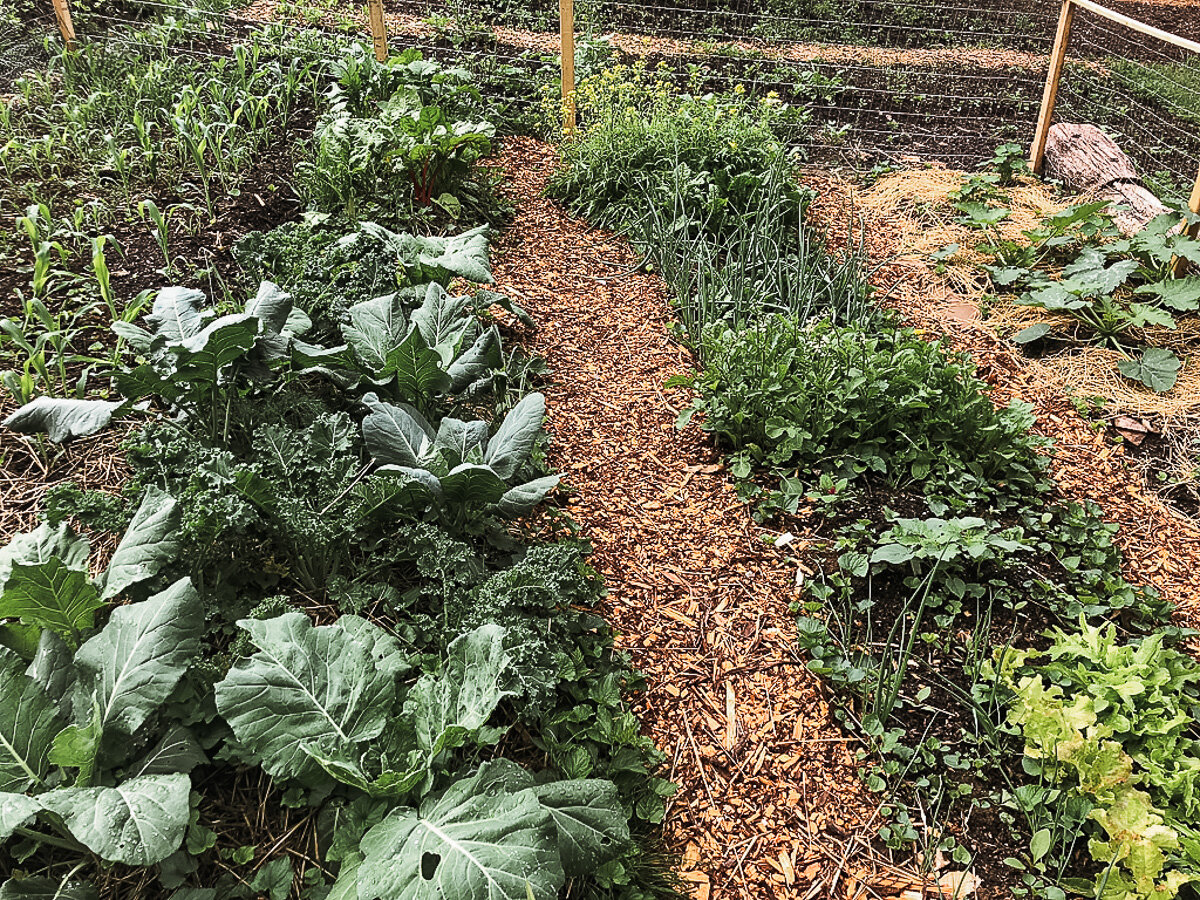- cross-posted to:
- hackernews@lemmy.smeargle.fans
- cross-posted to:
- hackernews@lemmy.smeargle.fans
I really like the idea of regenerative land use.
I managed to learn quite a bit about living soil when I created a terrarium. Understanding the role of each part in an enclosed ecosystem really reframed what I thought a garden should look and act like.
I was able to build a garden last year and I’ve kept a focus on trying to build a good home for the life living within the soil.
Keeping a cover crop such as clover really helped keep moisture in the soil. By mid summer, I was able to skip days watering my garden because the soil remained so moist. That constant moisture is great for any bacteria or fungi living in the soil. Also great for worms and isopods since they require high humidity as well.
I also chopped up any waste from trimming back some plants and threw it back in there as food for what’s living in the soil. Chopping the waste up also sped up it’s decomposition so it didn’t sit around for long.
Last Fall I also took some leaves from the trees and made a layer on top of the soil. I thought it would be a good idea to add a protective layer before the snow came. As a bonus, the extra leafy goodness would be broken down in the spring to be added back into the soil. I couldn’t find any information about doing something like that online but I figured trying to recreate forest-like conditions would be beneficial for the soil.
With a focus on what’s in the soil, I’m hoping that above ground becomes the delicious bonus. I am allowing some native plants to grow alongside my crops to attract a variety of pollinators which seemed to work well last year.
This year is only my second year with my garden so I’m still observing, learning and adapting things. I’ve recently noticed some native chickweed growing will be watching to see how it acts this year as ground cover alongside my clover.



